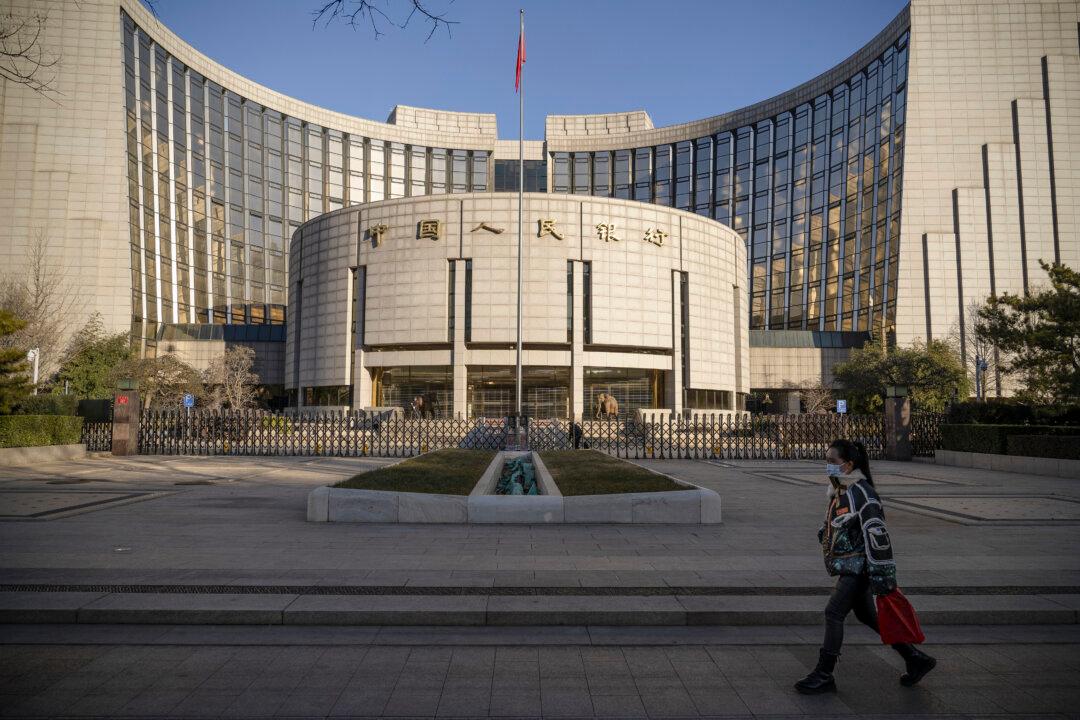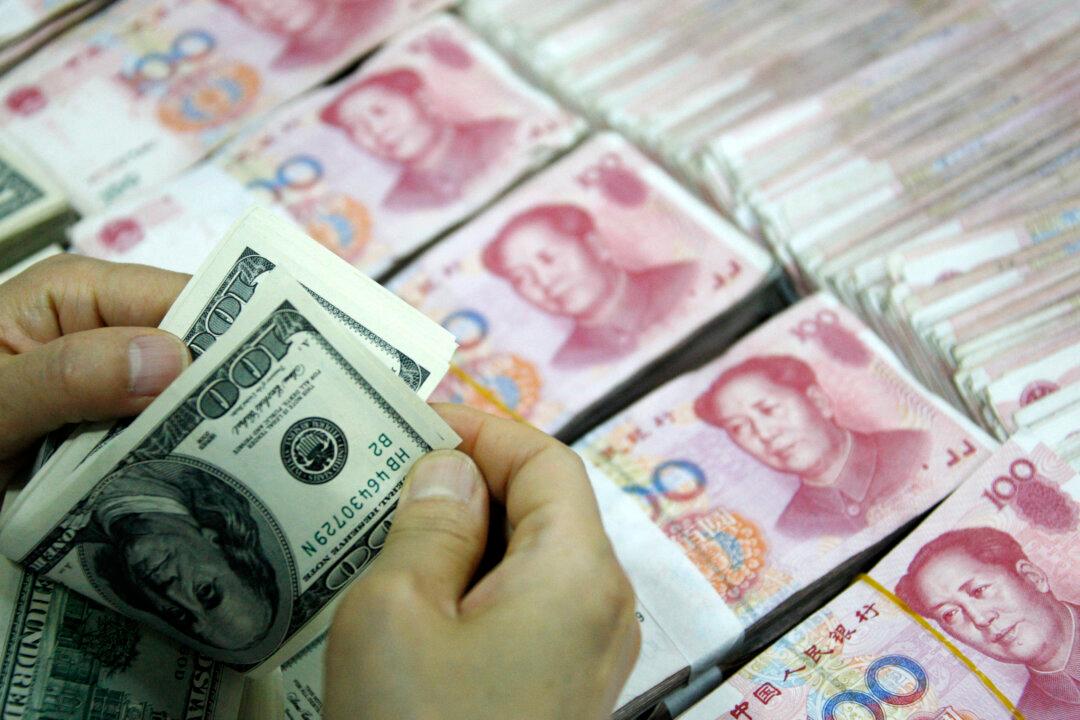Commentary
Beijing is now well aware that decades of its one-child policy have at last begun to starve China’s economy for workers and growth potential. The first sign of recognition appeared in 2016, when the government finally rescinded that by then almost 40-year-old stricture on family size. Though the public hardly responded and birth rates remain below replacement, the country has so far avoided outright population decline only because longevity allowed the elderly retired population to expand. China still faces a paucity of youthful labor entering its workforce, a condition that will only become more acute, slowing the economy’s pace of growth, and rendering it less flexible.





